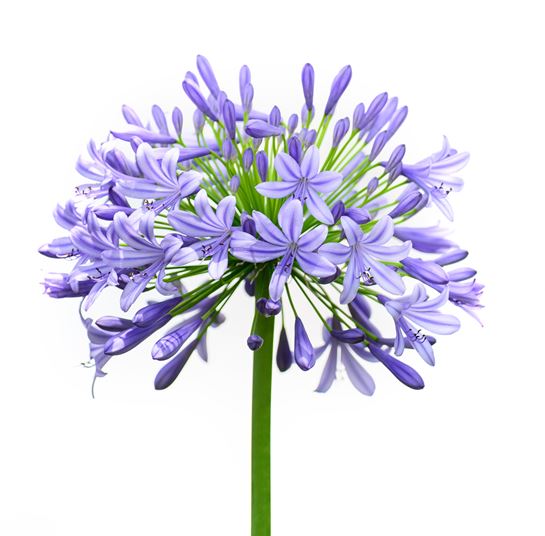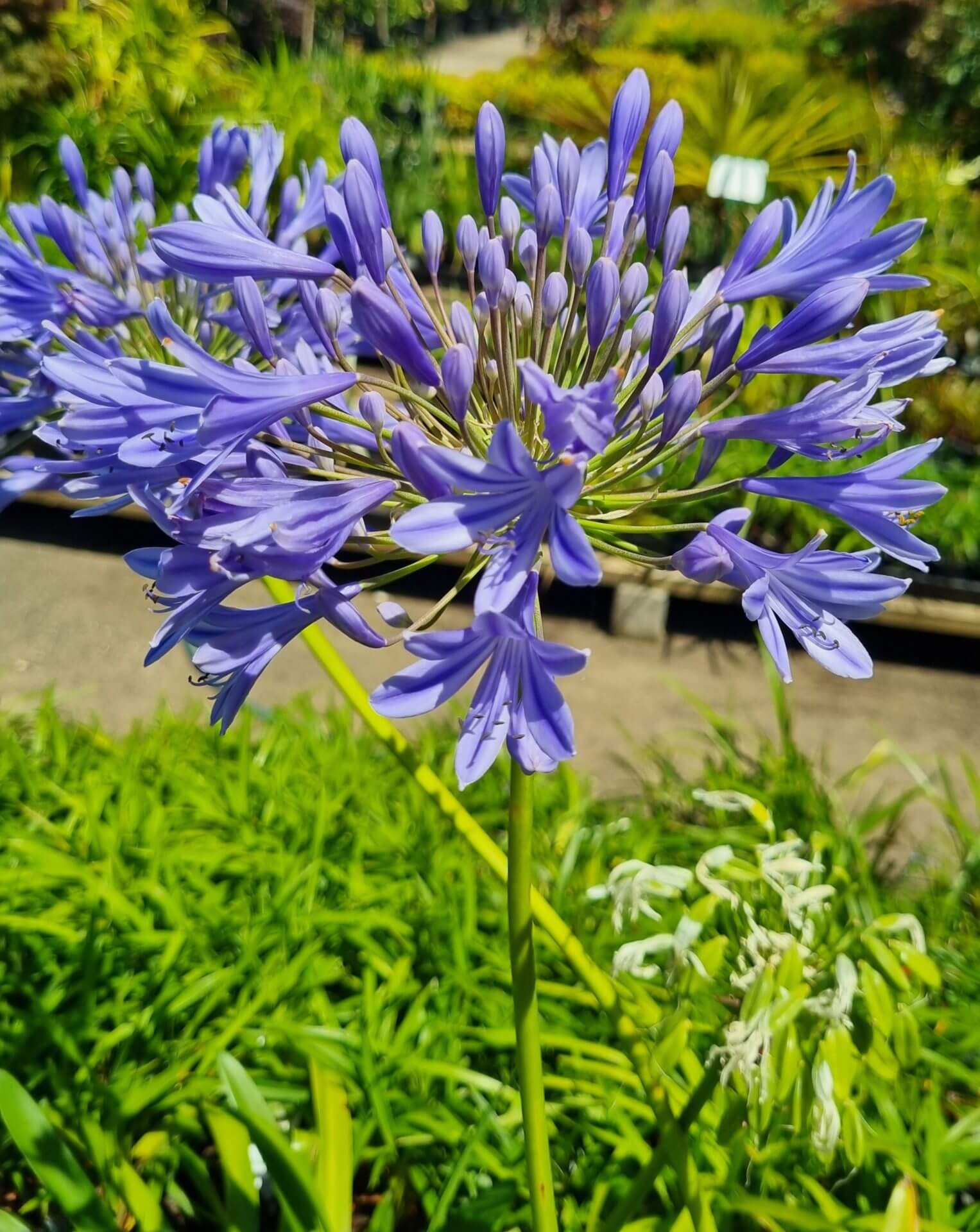Seasonal Agapanthus Care: Preparing for Winter and Summer season
Letting Loose the Secret to Effective Agapanthus Farming: Advice for a Flourishing Yard
In the realm of horticulture, cultivating agapanthus efficiently calls for a calculated strategy that incorporates different aspects of plant care. By recognizing the nuances of agapanthus cultivation, one can develop an environment where these plants prosper and flower generously.
Growing Agapanthus: Ideal Practices
When growing Agapanthus, correct dirt prep work is essential for ensuring effective development and growth of these attractive blossoms. Agapanthus, frequently called Lily of the Nile or African lily, thrives in well-draining soil with a somewhat acidic to neutral pH degree - Agapanthus. Before planting, it is critical to amend heavy clay dirts with raw material such as compost or peat moss to enhance drainage and provide crucial nutrients for the plants
To grow Agapanthus, choose a location that gets full sunlight to partial color, as this will advertise healthy and balanced development and bountiful blooming. Dig a hole two times the size of the plant's root sphere and position the Agapanthus at the exact same deepness it was previously expanding. Delicately backfill the hole with dirt, weighing down strongly to remove any air pockets around the roots.
Water the freshly grown Agapanthus completely and remain to keep the dirt uniformly damp, especially throughout the plant's active growing season. Agapanthus. Using a well balanced plant food once a month can further sustain the plant's growth and flowering. By adhering to these best practices for growing Agapanthus, you can produce a magnificent display screen of these exciting flowers in your garden
Suitable Dirt Conditions for Agapanthus
For optimal development and flowering success of Agapanthus plants, making sure the dirt problems are excellent is important. Agapanthus likes soil that is abundant in nutrients, so including a balanced fertilizer throughout the expanding season can advertise healthy development and vivid blossoms.

Watering and Fertilizing Tips
To make certain healthy and balanced growth and dynamic blooms, appropriate watering and feeding techniques are important for effective Agapanthus farming. Agapanthus plants profit from routine watering, particularly during the expanding period.
When it pertains to feeding Agapanthus, a balanced plant food with equal components nitrogen, phosphorus, and potassium can be used in the spring to advertise healthy development and flowering. Slow-release fertilizers are ideal for providing nutrients gradually over a prolonged duration. Avoid over-fertilizing, as this can cause too much vegetation growth at the cost of flowers.
In addition, including raw material like garden compost into the dirt can improve nutrient levels and enhance soil framework, helping in the overall wellness of the Agapanthus plants. By complying with these watering and feeding ideas, gardeners can guarantee their Agapanthus plants prosper and generate spectacular displays of flowers.
Trimming and Deadheading Strategies
Proper trimming and deadheading techniques play an essential duty in keeping the health and wellness and looks of Agapanthus plants, complementing the crucial practices of watering and feeding for effective growing. Trimming Agapanthus entails removing invested blossom heads, yellowing or dead fallen leaves, and total shaping of the plant to promote much better development. Deadheading, the go right here procedure of eliminating discolored blossoms, not only enhances the plant's look yet likewise encourages more growing.
When deadheading Agapanthus, it is recommended to trim off the blossom stem at the base using sharp, clean shears. This process reroutes the plant's power from seed production back into root and vegetation development, advertising a healthier and extra robust plant. Routine deadheading can prolong the growing duration of Agapanthus and prevent self-seeding, which can result in congestion.
In regards to trimming, Agapanthus generally benefits from a light trim after flowering to clean up the plant and urge fresh development. Reducing back the spent flower stems and eliminating any type of dead or damaged foliage aids keep the plant's vitality and overall look. However, it is necessary straight from the source to prevent cutting into the crown of the plant, as this can damage its wellness.

Protecting Agapanthus From Pests and Diseases
Carrying out effective bug and disease administration methods is vital to protecting the wellness and vitality of Agapanthus plants in growing. One usual pest that impacts Agapanthus is the Agapanthus borer, a caterpillar that passages into the plant, creating damages to the flowers and leaves.
In addition to pests, Agapanthus are susceptible to conditions such as origin rot and fungal fallen leave areas. By staying attentive and addressing pest and disease concerns my explanation without delay, garden enthusiasts can assist their Agapanthus flourish and thrive.

Final Thought
Finally, successful farming of agapanthus needs correct planting methods, perfect dirt problems, sufficient watering and feeding, normal pruning and deadheading, and security from illness and parasites. By following these ideas and methods, garden enthusiasts can make certain a prospering garden filled with lovely agapanthus blooms. Agapanthus. Remember to preserve constant treatment and focus to information to advertise the health and long life of these magnificent plants
When planting Agapanthus, correct dirt prep work is important for guaranteeing effective development and growth of these attractive blossoms.Water the freshly planted Agapanthus thoroughly and continue to keep the soil evenly moist, particularly during the plant's active growing period.For optimal growth and blooming success of Agapanthus plants, ensuring the soil problems are ideal is crucial. When hair transplanting or planting Agapanthus, make sure the soil is well-prepared to offer the required foundation for the plants to establish themselves efficiently. One usual bug that impacts Agapanthus is the Agapanthus borer, a caterpillar that passages right into the plant, creating damages to the blossoms and fallen leaves.